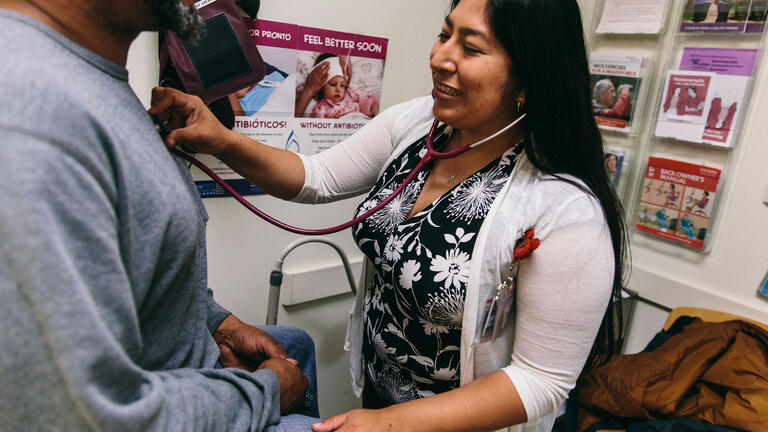
Nursing, MSN
Student Projects
All students in the MSN program complete a poster as part of their final project. Here are some recent projects presented by our MSN students:
Recent Projects
-
Journey to Baby-Friendly: Standardizing Breastfeeding Education
-
Improving Food Security to Decrease Hypertension at an Urban Community Clinic
-
Enhancing Anesthesia Technician Workflow: Recommending a Standardized Checklist and Handoff Report for Improved Pediatric C-Locker Management
-
Utilizing Social Robot Dog, “Pupper,” to Improve Mood and Happiness in Pediatric Cardiac Patients
-
Enhancing Nurse Awareness of a Stroke Patient Satisfaction Survey and the Significance in Practice
-
Standardizing Lymphedema Education for Nurse Coordinators